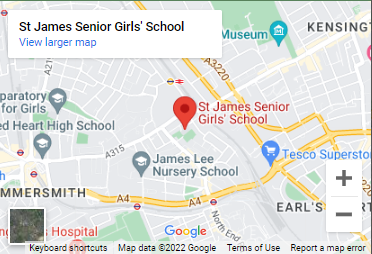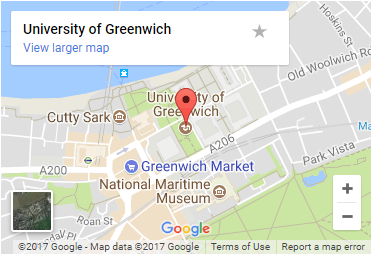Details of the Maths iFlex
This is a new, innovative GCSE Maths course designed to transform the teenager’s performance in Mathematics. The GCSE Maths iFlex is crafted by professional teachers with decades of proven track records of helping teenagers to achieve top grades in Mathematics at GCSE and A-level.
One of the things that is perhaps unique about this course is that it places a lot on emphasis on matching the right tutor/teacher to the individual students. The number one criterion that a Maths tutor/teacher must satisfy is subject knowledge, which is at least higher than the student being taught. This is just the start; other essential competence measures include enthusiasm for the subject and being a good communicator.
For mathematics in particular, it is vital that the teacher is suited to the students. Mathematically brilliant teachers – those with natural mathematical talent, are well-suited to students who are good in Maths, but just need a few key areas ironed out or require guidance to ensure an A grade or higher. Sometimes, a young person may be good in Maths, but lacking in confidence. In this case, a competent teacher, with patience and good communication skills, is needed to help bring out the best in this student.
There are children who do not find mathematics at all natural, so have to work hard to grasp the concept. For this type of young people, a teacher with adequate mathematical knowledge, who has experience at that level, and with patience and empathy, is usually more suited.
In terms of the practicality and everyday experience, the flex course has been organised in a way that makes full use of new technology, whilst at the same time allowing the student to work and practise questions in a way that reflets how the examination is done.
Maths questions are not answered in the exam by typing. In this course, most problem solving is done by handwriting, using a digital pen and everything is stored straight in the cloud so there are no issues of lost work, “the dog ate my work” kind of thing! Students are also allowed to practise questions by just handwriting on paper, scanning the work or taking a picture and uploading it digitally.
In this course, one-to-one teaching is done online via live videos. Homework assignments are set – including plenty of question practice. Work is marked and feedback provided.
Benefits & Features
- Customised live video teaching one-to-one
- Access to videos to reinforce knowledge
- Access to practice questions and assessments
- Access to solutions to questions with step-by-step problem solving
- Handwritten work marked and feedback provided
- Flexibility in scheduling lessons
More features
Live, one-to-one teaching by video
Tutors and teachers are competent, enthusiastic and are genuinely interested in the student
Work is set, with guidance to helpful resources
Flexibility in scheduling lessons
No worries about travelling issues
The Approach – CAN – Concept, Action, Nurture
We teach the concept, ensure the student takes action by practising questions, and we nurture by guiding, supporting and providing feedback
The process – what happens next after a student has enrolled?
- A Diagnostic Test
- Allocation of suitable tutor
- Feedback brief after the test
- Learning objectives set
- The lessons – teaching (on live video), question practice
- Access to MathsWatch for question practice
- Marking of work
- Feedback, tests; progress reports
Other features of the Flex course
The levels – there are three different versions/papers of each test
- Customary Test – Standard – intermediate
- Vanguard Test – Higher, higher – advanced
- Rudi Test – Rudimentary – Foundation
What the student gets
Teaching of the concept – live
Questions set for practice – work-through explanation via MathsWatch
Access to videos to reinforce leaning – via MathsWatch
Troubleshooting – problem clinic – or just help to tackle problems during the next lesson
Feedback
Regular testing
Digital-Analogue balance
Digital-Analogue balance – explanation
A hybrid of handwritten work and full technology for access and storage of work – handwriting. Problem solving is by writing with a pen, which reflects how the actual examination is done. At the same time, the handwriting is done through a digital pen, so everything is stored electronically]
Live video one-to-one lessons are delivered via Microsoft Teams or Zoom
The Result
A gain in Competence
A gain in Confidence
Improved Grade at GCSE




